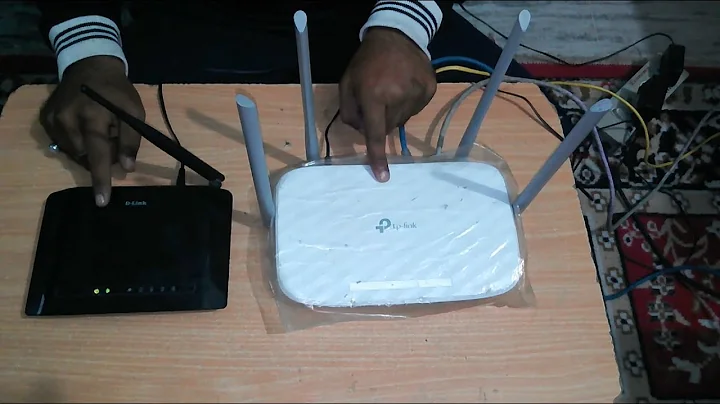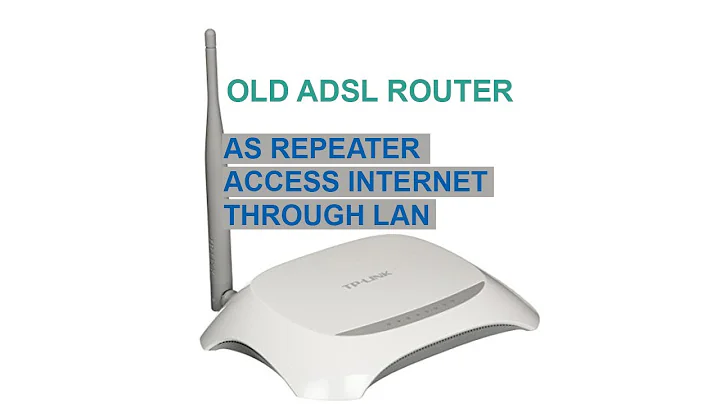Is it possible to configure a TP_Link ADSL router to work with a cable connection?
No, you will need another wireless router.
The WAN side of the TP-Link's router is dedicated and internally connected to the ADSL modem and phone port, so you have no means to use the router's uplink capability. The Ethernet ports you do have access to are all for the LAN (local area network). If you could convert one of those RJ45 ports to WAN functionality, then you could use that TP-Link unit with a cable modem.
Related videos on Youtube
veljkoz
Updated on September 18, 2022Comments
-
 veljkoz almost 2 years
veljkoz almost 2 yearsI have purchased TP Link ADSL router a while back when I was connecting to my first ISP via ADSL.
Now, I have changed the ISP to a cable company and am having trouble setting up the router to connect to the new cable modem.
The Internet works, but only in bridge mode, i.e. my PC gets a public IP, and isn't part of the 192.168.1.0 network (and can't be accessed by other PCs in the network) which is what I want - I want the router to have the NAT and the clients behind it to have access to the Internet, but with 192.168.1.0 addresses.
The setup is pretty simple - from cable modem one network cable to router, from router another network cable to PC.
When I configure the router to use Encapsulation - Bridged (VC Mux), my PC gets the public IP and the Internet works. When I configure it to use a routed connection (either LLC or VC Mux) I do get the local IP but no Internet (regardless of the NAT setting)
The router also has diagnostics, status, ping etc, but nothing I change in the PVC settings enables the Internet.
Is what I'm trying even possible? If so, how can I do it? What am I missing?
-
 veljkoz over 12 yearsBut how come that Internet works just fine when in bridged mode? (using only Ethernet ports)
veljkoz over 12 yearsBut how come that Internet works just fine when in bridged mode? (using only Ethernet ports) -
sawdust over 12 yearsBridge mode essentially disables the TP-Link's router functionality. The four RJ45 Ethernet ports comprise a switch, so you effectively connect the cable modem to your PC. The PC ends up with the public IP address because there is no router to provide NAT and DHCP. This is the same result as connecting the PC directly to the cable modem.
-
 veljkoz over 12 yearsThanks for the clarification... now that I think about it, it does make sense...
veljkoz over 12 yearsThanks for the clarification... now that I think about it, it does make sense...




